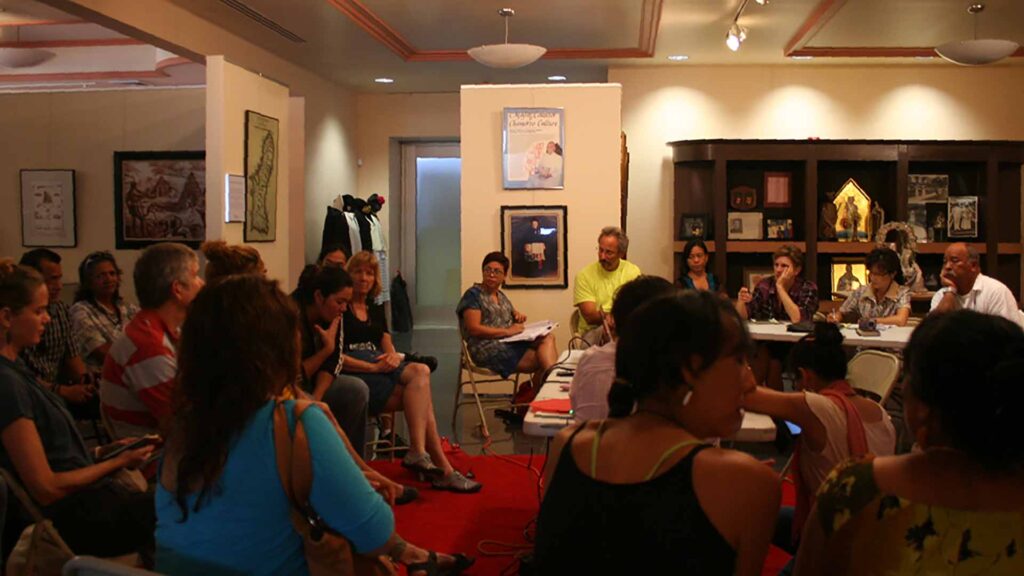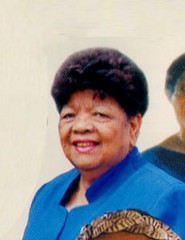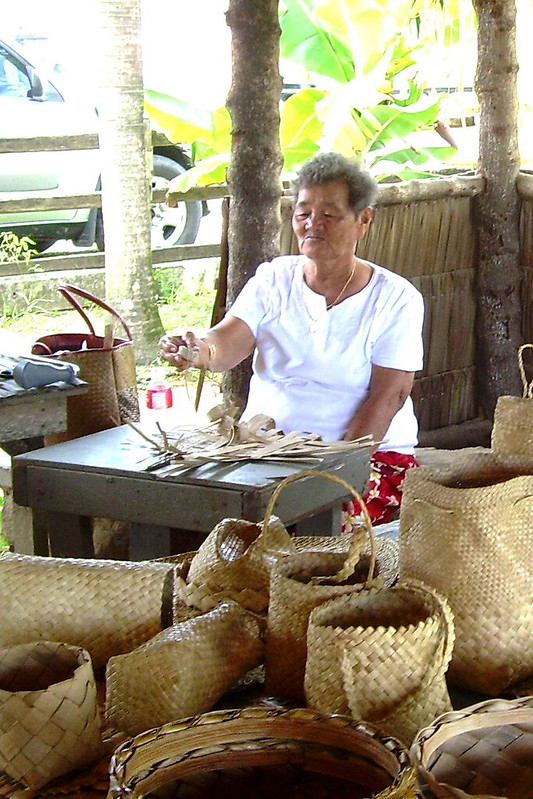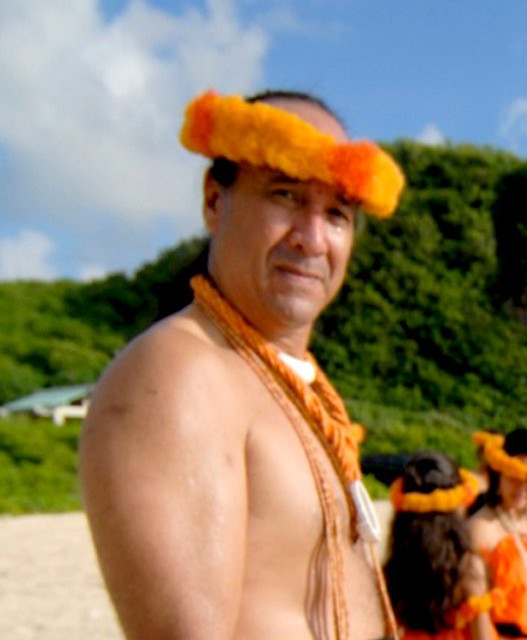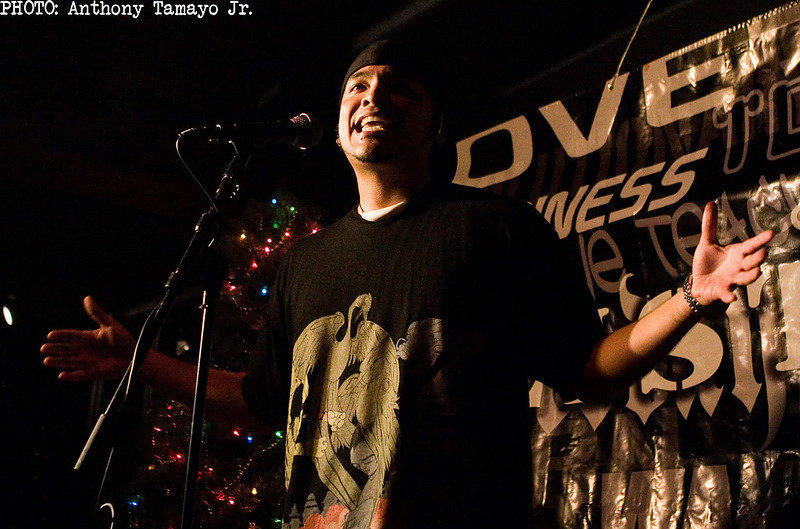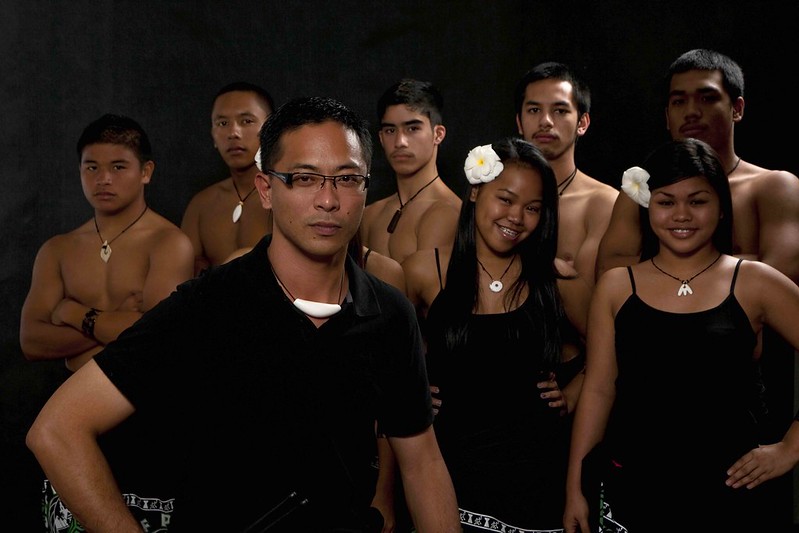Vibrant and dynamic island art scene
Visitors to Guam — and island residents, too — in search of an experience in the local art scene do not need to look very hard. Local art can be found everywhere. The most obvious places, such as the Isla Center for the Arts at the University of Guam, the Guam Gallery of Arts at the Chamorro Village, and the Guam Council of the Arts and Humanities Gallery in Hagåtña, hold regular exhibits of paintings, sculptures and other artistic pieces in a variety of media for visitors to enjoy and sometimes purchase.
Larger public venues also feature local art, such as the University of Guam campus, the AB Won Pat International Airport, and several of the hotels in the Tumon Bay tourist area. In addition, coffee shops and even converted showrooms, such as the Infiniti Gallery, high-end luxury goods stores in Tumon, as well as the Bank of Guam lobby, also occasionally feature a variety of artworks from well-known and up-and-coming local artists.
Even some of the most mundane objects around the island have been reworked into works of art. For example, school bus stops have been brightly and colorfully painted by nonprofit groups, to motivate students and deter graffiti and vandalism. Moreover, village mayors and the Guam Visitors Bureau have made a concerted effort to beautify the island and show community pride with murals on large retaining walls highlighting the history and uniqueness of each village setting.
For music lovers, a quick search on Guam’s radio stations and one is bound to find a selection of CHamoru music played alongside other island style songs and rock and reggae favorites. Throughout the year, week night markets, concerts, craft fairs, cultural festivals and other celebrations are held all over the island, featuring music and live entertainment from the many performers and artists that make up the arts community of Guam.
In fact, Guam’s art scene is as vibrant and dynamic as the people who are featured in this section of Guampedia.com. Here, we present artists that not only excel in their craft but also have, in some way, influenced the direction of the arts in Guam over the last century. Through their efforts, these individuals have inspired and paved the way for generations of artists to create and perpetuate the unique artistic traditions of Guam’s people in new and exciting ways. Because art in all its forms is constantly changed, reworked and reinterpreted, this section demonstrates how Guam’s artists have imagined and re-imagined their world and engaged in the creative process over the years. It also shows how some of these artists have successfully bridged the gaps between artistic expression, politics and community advocacy.
Guampedia.com’s artist profiles section is a work in progress, initiated with a grant from the Guam Council on the Arts and Humanities Agency (CAHA) and with assistance from the Fine Arts department at the University of Guam to select the featured artists. Other artists will be highlighted as time and resources allow. These short biographical profiles are intended to cover a variety of art forms, from visual arts, to music, to literature, as well as the traditional arts that are rooted in Guam’s past. These profiles give readers a sense of the individual artist, their educational backgrounds and artistic influences. Each entry also features several samples of the different artists’ work, including video and audio clips, and photographic images. All artists featured in Guampedia.com may be searched for by name or genre.
For more information on Guam’s local artists or contact information, please visit the Guam Council on the Arts and Humanities Agency website where a directory listing of the different artists and art groups may be found. This directory is updated regularly to keep it current.
Art on Guam
In the most widely accepted definitions of the word, art is anything purposely created that is meant to express and evoke emotions, feelings and ideas. Like other aspects of culture, art is influenced by the shared ideas and practices of a society. In other words, people create and respond to art based on meanings and ideas they learned in their culture.
On Guam, there is a real appreciation for art and artistic traditions. There are many practicing visual artists, writers, professional musicians, commercial artists and traditional artisans who produce quality works to express themselves as well as for the enjoyment of others. Art exhibit openings are often grand affairs. Night markets and cultural celebrations are well attended as audiences take in performances and opportunities to spend time with family and friends. Local artists participate in regional and national festivals and competitions, bringing new awareness of Guam and the Marianas to international audiences. However, it is only recently that organizations, formal events and venues have been established to showcase local art, although arguably people on Guam have been producing art for years.
Little is known about the history of art or artistic movements in the Mariana Islands before the turn of the 20th century. Traditional practices of canoe-building and pottery-making were largely forgotten as Spanish colonialism and influences from Spain, Germany, the Philippines, Mexico, Japan and the United States altered the cultural landscape of the CHamoru people. However, some traditions, particularly weaving, storytelling and music remained, although somewhat changed with the passage of time.
With new cultural influences came new ways of producing items used in everyday life and for enjoyment. Blacksmithing and metal work, for example, produced tools that made building structures or processing foods much easier than earlier methods. Musical instruments and dances from around the world made their way to the Marianas with each new administration. By the 20th century, the introduction of newspapers, radio and television brought even more ideas for artistic expression and possibilities to explore the latest musical genres, theatrical performances, art movements and dance.
The latter part of the 20th century, however, saw a revival in CHamoru culture. The question of “authenticity of Chamorro traditions and culture” and the issue of Guam’s political status stirred a desire in many people to reaffirm a CHamoru identity, especially in the arts. Artists talked of preserving and perpetuating traditional art for future generations, and took on apprentices to ensure a new group of individuals would acquire the knowledge and skills of their craft.
A new sensibility towards indigenous traditional practices brought a different perspective on what could be considered CHamoru art. Functional or utilitarian pieces like pottery, mats and baskets were found to have aesthetic qualities that even art collectors could appreciate. Archeological studies demonstrated that the earliest inhabitants of the Marianas produced unique and distinctive decorated pottery thousands of years ago. Jewelry carved from clamshell, turtle shell or stone were created not only to function as trade items, but were valued for the beauty and the skill necessary to create them. Even everyday items, like woven sails, mats and baskets, could be embellished just by alternating the kinds of leaves used.
Cultural festivals began to emerge to feature traditional arts and performances outside of the hotel restaurants and bars of Tumon. Artists also began to organize. For example, the CHamoru Artists Association (1983), Pa’a Taotao Tano’ and various cultural dance groups, emerged through the 1980s and 1990s. Artists today also may receive support through grants and other funding from the Government of Guam, through the Guam Council on the Arts and Humanities (CAHA). They participated in the Festival of Pacific Arts and Culture (FESTPAC) and instituted local events such as the Micronesian Island Fair and the Dinana Minagof dance competitions.
Art community
This path to awareness and interest in local art would not have been possible had it not been for the outstanding work of the art community. CAHA has done much to bring recognition to these individuals, acknowledging them as Masters of Tradition or presenting them the Governor’s Maga’lahi Award. Several of those featured in Guampedia.com are recipients of the Masters recognition in the traditional arts, including Tun Jack Lujan (blacksmithing), Floren Paulino (weaving), Segundo Blas (carving), Robert Taitano (carving), Maria Yatar McDonald (tattoo) and Clotilde Gould (storytelling).
Other artists have published and produced works that reflect stories about life on Guam, including Peter Onedera (author and playwright), Evelyn Flores (writing) and Melvin Won Pat-Borja (poetry/Spoken Word), bringing to light historical, political and cultural issues that affect the people of Guam. Musicians Johnny Sablan, Flora Baza Quan and Maria Yatar McDonald have recorded Guam’s unique sound and entertained audiences with their voices and deep lyrics about love and CHamoru culture.
Seasoned painters such as Adriano Pangelinan, Mark Dell’Isola, Greg Flores, Jose Babauta and Ric Castro find inspiration in the islands and have produced works that stimulate the mind and represent the uniqueness of Guam and its people. Frank Rabon, Vince Reyes and Leonard Iriarte have found new ways of expressing ancient Chamorro art in traditional dance and chant, while Jill Benavente and Ben “Sinahi” del Rosario create modern jewelry inspired from ancient CHamoru designs and body ornamentation. Similarly, graphic designers Ron Castro and Ariel Dimalanta and photographer/filmmaker brothers Herman Crisostomo and Manny Crisostomo are each recognized in their professions, winning numerous awards and accolades for their work, artistry and philanthropy.
Guam artist profiles
Masters of Tradition
- Clotilde “Ding” Castro Gould
- Elena Cruz Benavente
- Floren Paulino
- Frank Rabon
- Joaquin F. Lujan
- Julie “Jill” Quichocho Benavente
- Leonard Iriarte
- Lucia Fernandez Torres
- Maria Yatar McDonald
- Robert Taitano
- Segundo Blas
- Vince Reyes
Contemporary Artists
- Adriano Pangelinan
- Ariel Dimalanta
- Ben “Sinahi” del Rosario
- Evelyn Flores
- Father Marcian Pellet
- Filamore Palomo Alcon
- Flora Baza Quan
- Genevieve Perez Ploke Snow
- Greg B. Flores
- Herman Crisostomo
- James Murray Stewart
- Johnny Sablan
- Jose J. Babauta
- Joseph “JD Crutch” Duenas
- Judy Flores
- Kie Susuico
- Manny Crisostomo
- Mark Dell’Isola
- Melvin Won Pat-Borja
- Moe Cotton
- Monica D. Baza
- Peter Onedera
- Richard “Ric” Castro
- Ron Castro
- Victor Consaga

